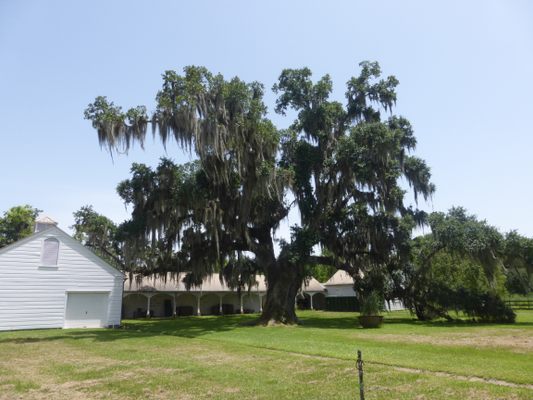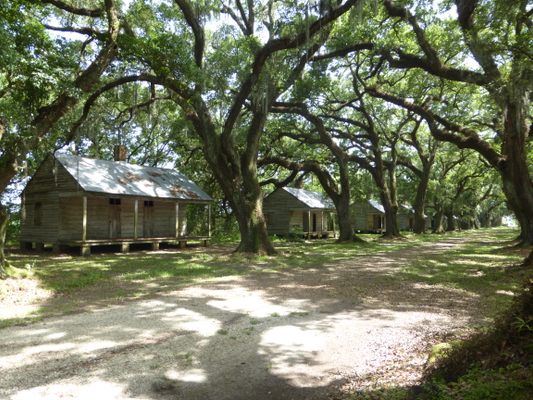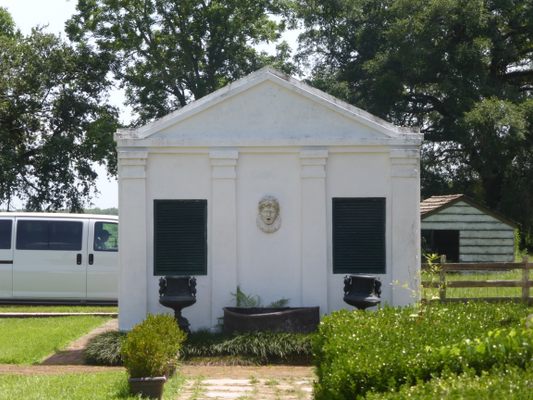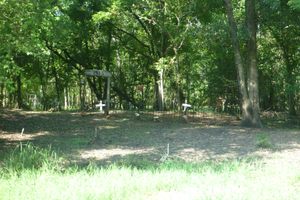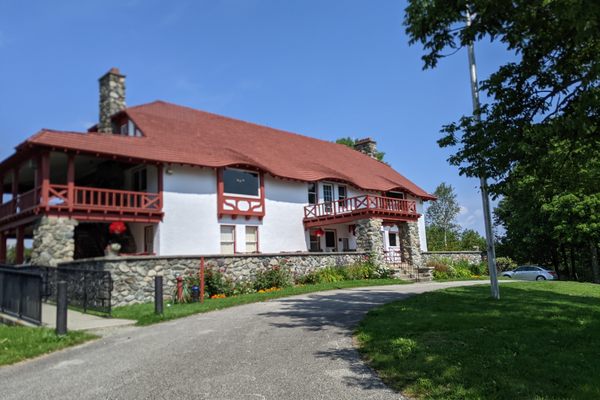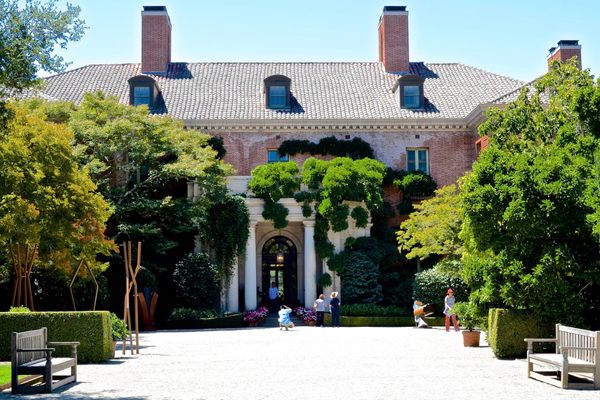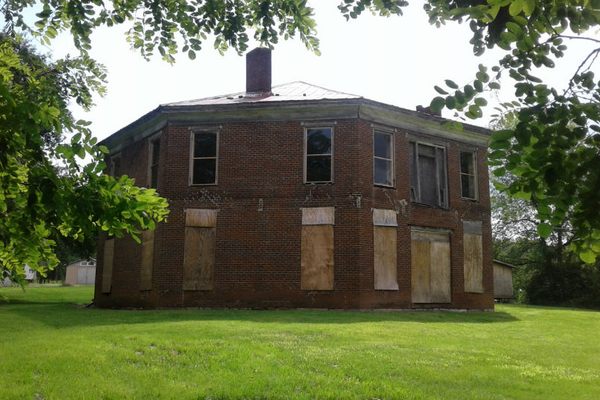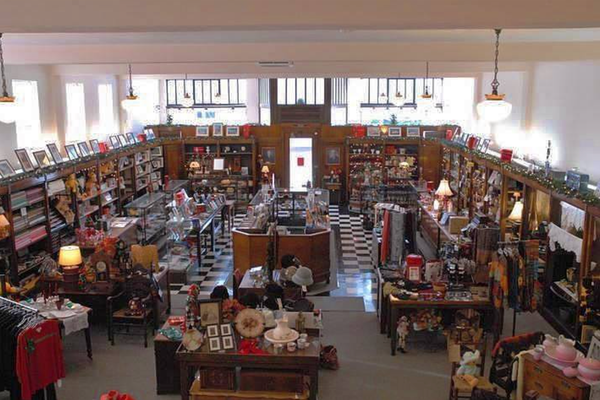About
Located on the west bank of the Mississippi River, the Evergreen Plantation consists of 37 buildings, of which all but eight existed before the American Civil War. It's regarded as the most intact plantation in the southern United States, and through its lifetime it has been among the most self-sufficient producers of sugar cane.
The plantation's origins date back to around 1777, when a Creole cottage was built as Evergreen’s manor house. The small structure was eventually replaced by the current mansion in 1790, going through extensive renovations in 1832 led by the owner Pierre C. Becnel and architect John Carver, which gave the “Big House” its Greek Revival style.
Evergreen expanded through the years to include two garçonnières (separate quarters for young men), two dovecotes for housing pigeons, horse stables, a Greek private privy, a kitchen, and homes for enslaved people. The latter stands out today for being one of the few remaining examples of life for enslaved people during the early 19th century.
While the work of enslaved people varied widely across North America, most lived in small households in close proximity to their enslavers, with tasks including farm work, cooking, cleaning, and child care. Enslaved Black Americans made up the workforce at Evergreen Plantation. The location of the quarters houses halfway through the rows of trees gave an illusion of invisibility when viewed from the slave quarters' entrance.
Evergreen operated successfully through the decades, enduring natural disasters such as hurricanes thanks to the canals built around the structures that redirected the water and prevented flooding. However, by the 1930s, the owners were blindsided by the Great Depression and forced to abandon the plantation. One of Evergreen's tales says the remaining workers avoided being driven out when the banks attempted to seize the property. They allowed the grass to grow and the cows to roam free in their pastures, creating an illusion of abandonment for the already-hidden houses.
By the 1940s, the plantation was reacquired and fully restored. The formerly enslaved Black Americans, though legally freed, continued to live and work at the plantation until 1947.
Evergreen Plantation was granted the landmark status for its agricultural acreage. Some people may recognize the plantation, as it was a filming site for Quentin Tarantino's 2012 movie Django Unchained.
Related Tags
Know Before You Go
The plantation can be visited only by booking a tour, so be sure to call ahead for information on hours and prices before visiting. Keep in mind that there are no food stands on the site, so bring your own to consume before or after the tour.
Published
July 26, 2019
Sources
- http://wanderingtrader.com/travel-blog/united-states/louisiana/historic-antebellum-evergreen-plantation-wallace-louisiana/
- https://www.evergreenplantation.org/
- http://www.historic-structures.com/la/wallace/evergreen_plantation.php
- https://en.wikipedia.org/wiki/Evergreen_Plantation_(Wallace,_Louisiana)
- http://wanderingtrader.com/travel-blog/united-states/louisiana/historic-antebellum-evergreen-plantation-wallace-louisiana/
- https://www.evergreenplantation.org/
- https://en.wikipedia.org/wiki/Evergreen_Plantation_(Wallace,_Louisiana)
- http://www.historic-structures.com/la/wallace/evergreen_plantation.php
- https://www.evergreenplantation.org/our-history-3


